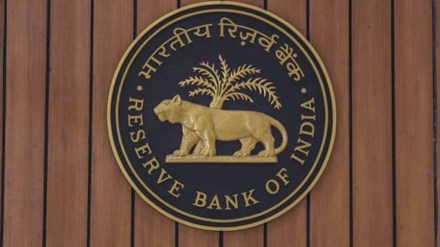Reserve Bank of India (RBI) Governor Shaktikanta Das’ observation on Thursday that the central bank’s target is to hit a headline retail inflation of 4% on a durable basis, suggests rate cuts may be some time away. Some economists have been expecting a pivot as early as October, but that looks unlikely now. While Das sounded assertive, saying the Monetary Policy Committee (MPC) was ‘resolutely focused’ on the 4% level, Deputy Governor Michael Patra’s tone was a little softer as he spoke of the CPI “aligning with 4%”. The nuancing notwithstanding, the RBI is clearly not about to let its guard down on inflation even if it has lowered its target for FY24 to 5.1%, trimming the earlier forecast by 10 basis points. The vigil is certainly needed given the uncertainty on several counts. El Nino effects, for instance, could hurt the farm economy, driving up food prices, as could the higher minimum support prices for crops. Again, even if crude oil prices have stayed below $76/barrel for some time now, there’s no telling when geopolitical tensions could upset the applecart. Besides, the better-than-expected growth in the economy too could add to inflationary pressures.
By alluding to actions of central banks that have hiked rates after a pause and retaining the stance at “withdrawal of accommodation”, Das is signalling to both the bond markets and banks that they shouldn’t pencil in lower interest rates just yet. Indeed, the central bank is unwilling to take any chances whatsoever and is stepping in quickly when necessary to soak up any excess liquidity. In its effort to ensure that the overnight rates don’t slip below the repo rate of 6.5%, it has mopped up `1.5 trillion from the system via variable reverse repo rate (VRRRs).
Also read: Calibrating green-finance policy
At the same time, much of the adjustment to loan rates seems to be behind us and rates are unlikely to head north; instead, one would expect bond yields to hold steady at levels of 7% for a prolonged period. This is good news for all borrowers especially retail and small customers—whose borrowing costs are linked to the repo rates—and also the government. The fact is that rising rates have been impacting demand for credit in sectors such as housing and that cannot be good for the economy. As the Governor himself noted, it is important to wait to assess the full impact of the 250 bps of rate hikes since May last year before deciding on the next steps. While headline growth may appear to be strong and results from top tier firms have been good, there is undoubtedly some stress under the surface.
Also read: The true picture on the economy
The aggregate profits of corporate India in FY23 were weak and driven by several one-off factors. Although Das noted that growth prospects are steadily improving and becoming broad–based, the fact is that the RBI hasn’t bettered its gross domestic product growth outlook for the current year from the earlier 6.5%. The economy may have re-bounded post the pandemic but GDP is estimated to slow to around 6-6.25% in the current year from 7.2% last year. The RBI is committed to a balance between growth and inflation, which is crucial for the long-term health of the economy, and it obviously wants to be sure it has tamed inflation. But it should not leave the rate cuts too late as that would leave the economy vulnerable to a loss of momentum which could be hard to regain.
